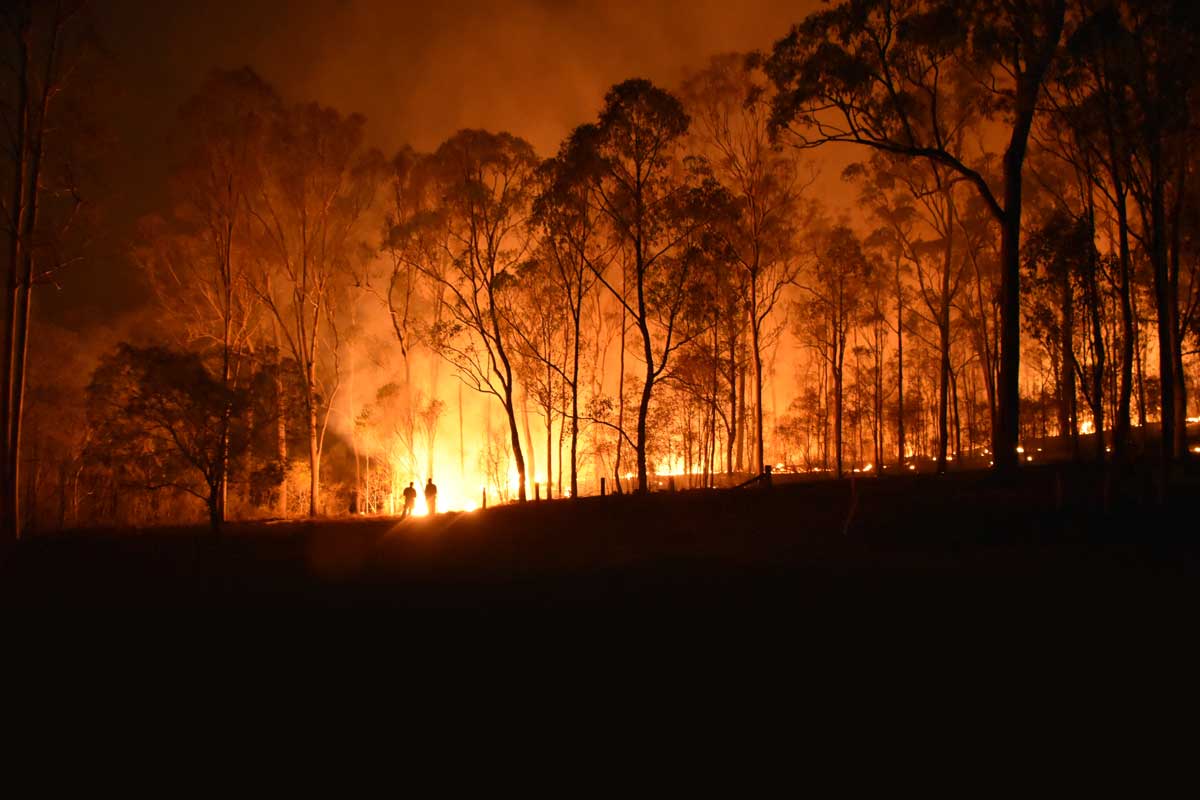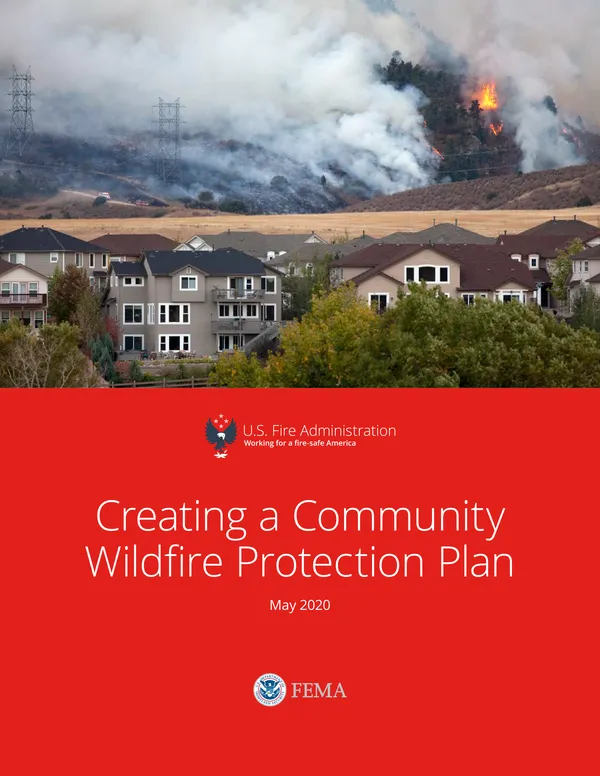
2 communities on different sides of the United States were threatened by wildfire events.

Long before the wildfire events occurred, both communities had taken steps to reduce their risk of loss.


Community leaders invited all residents to help them complete a risk assessment, looking at the structures and the landscapes surrounding the communities. This helped to prioritize work projects.
 Use the U.S. Fire Administration's Community Wildfire Protection Plan to strategically document local wildfire risk and create an action plan that identifies and prioritizes project work.
Use the U.S. Fire Administration's Community Wildfire Protection Plan to strategically document local wildfire risk and create an action plan that identifies and prioritizes project work.Everyone had a role to play.
Some people organized community wildfire projects while others worked on simple and low-cost actions to protect their homes from wildfire.

With everyone in each community working together, they designed and completed project work that made their communities safer.

To prepare for a wildfire, individuals need to not only reduce fuels around their home, but also protect their entire community.
If homes are closer than 30 feet together, you must mitigate all structures to prevent structure-to-structure ignition.
Work with your neighbors and community to prepare as a whole.
— Charlie Landsman, La Plata County Coordinator, Wildfire Adapted Partnership

Working together and individually on prioritized work helped reduce structure-to-structure ignitions.

Their pre-wildfire work helped firefighters to save homes in the communities.
It also made it much safer for firefighters to respond to these wildfire events.

The results of their hard work? No deaths, no injuries and no structure loss in either community. Wildfire safety planning and the accompanying project work made a difference!

Fire mitigation is the responsibility of each and every homeowner living in the wildland urban interface.
Homeowners need to harden their structures to resist ember ignitions and remove excessive fuel loading to protect firefighters who are risking their lives to protect your home.
— Charlie Landsman

If you live in an area prone to wildfires, now is the time to begin discussing how to create a fire-adapted community.

Include everyone in pre-fire planning; virtual meetings work well.
Prioritize project work to reduce wildfire loss by looking at structures, infrastructure and the landscape within and surrounding the community.
Be creative with work events like chipping days, community cleanup days and assisting seniors.
Assess project work priorities and risks to the community frequently.

Any community can create a wildfire success story by working together to address identified wildfire safety risks.

There is no guarantee that losses won't occur, but being prepared for wildfire and maintaining safety efforts can protect lives and property.
For more information on wildfire safety, visit usfa.fema.gov/wui.




